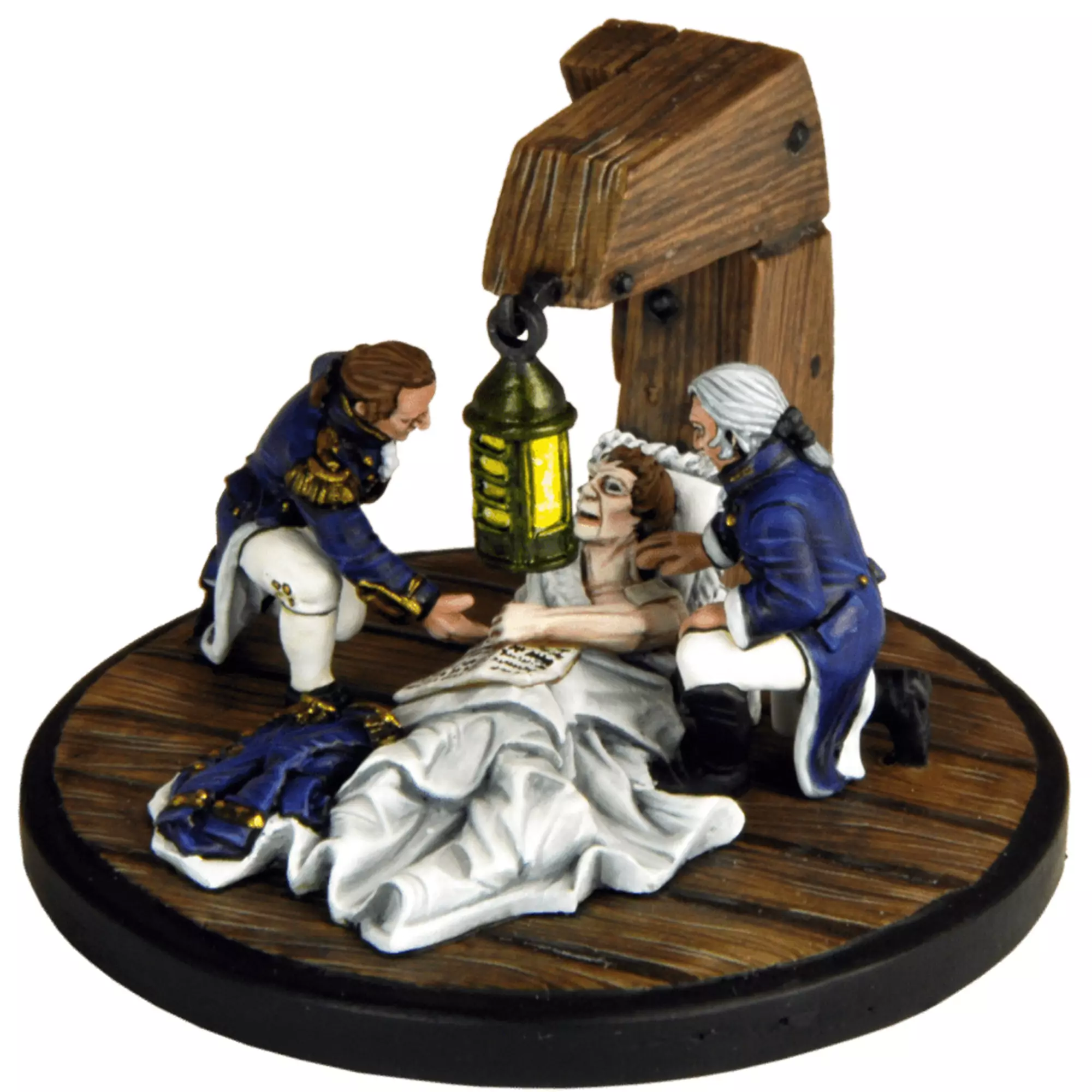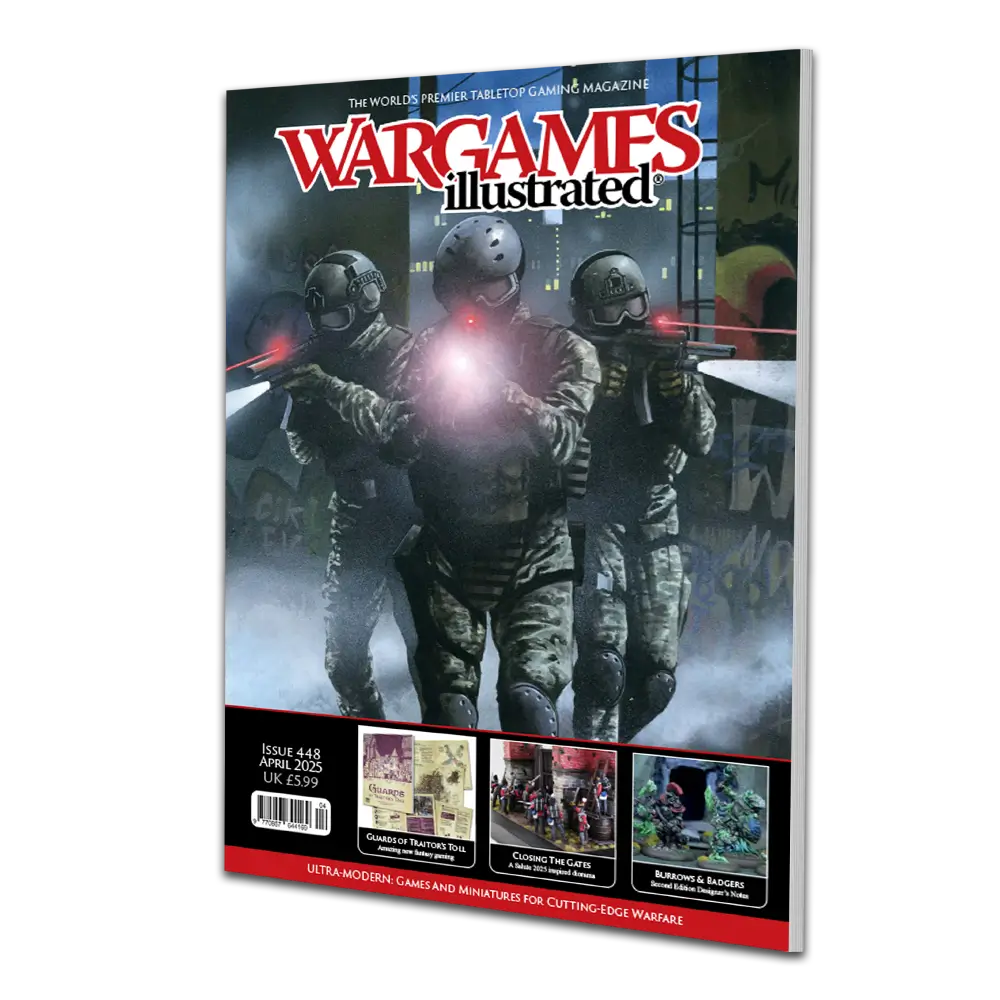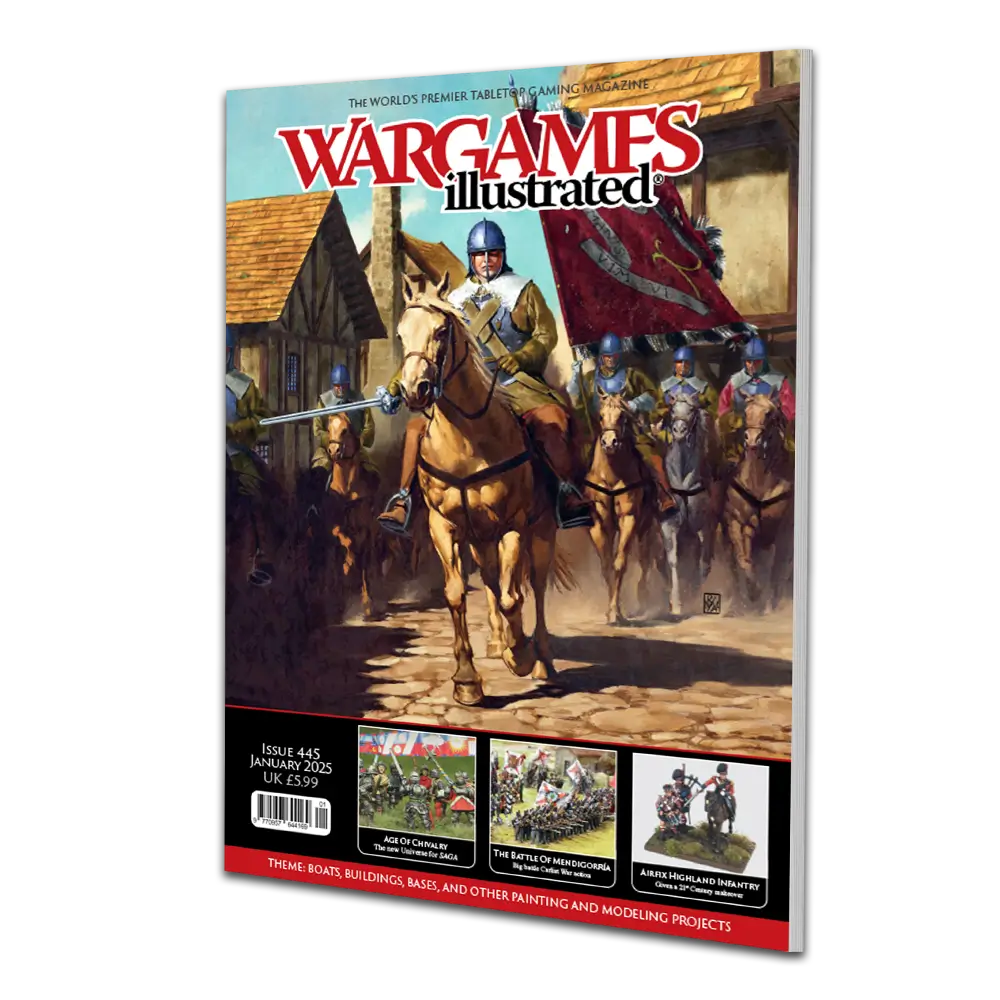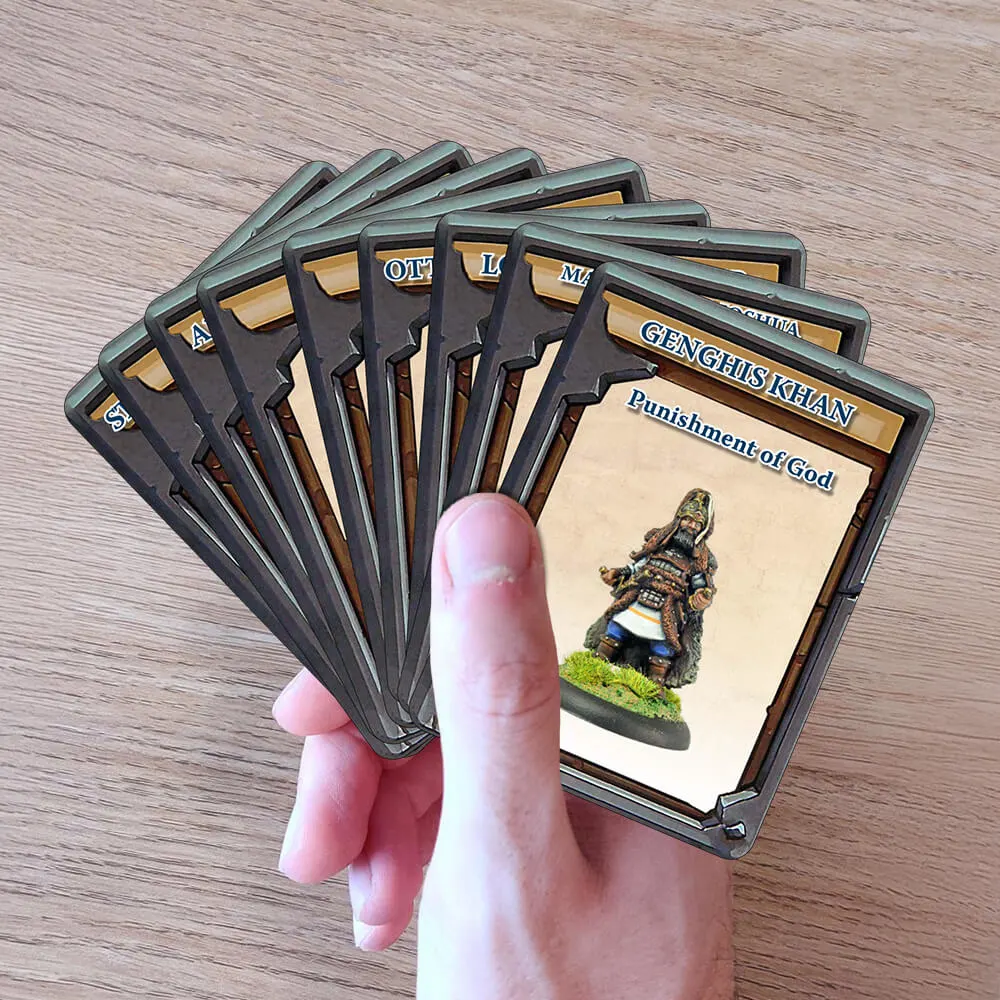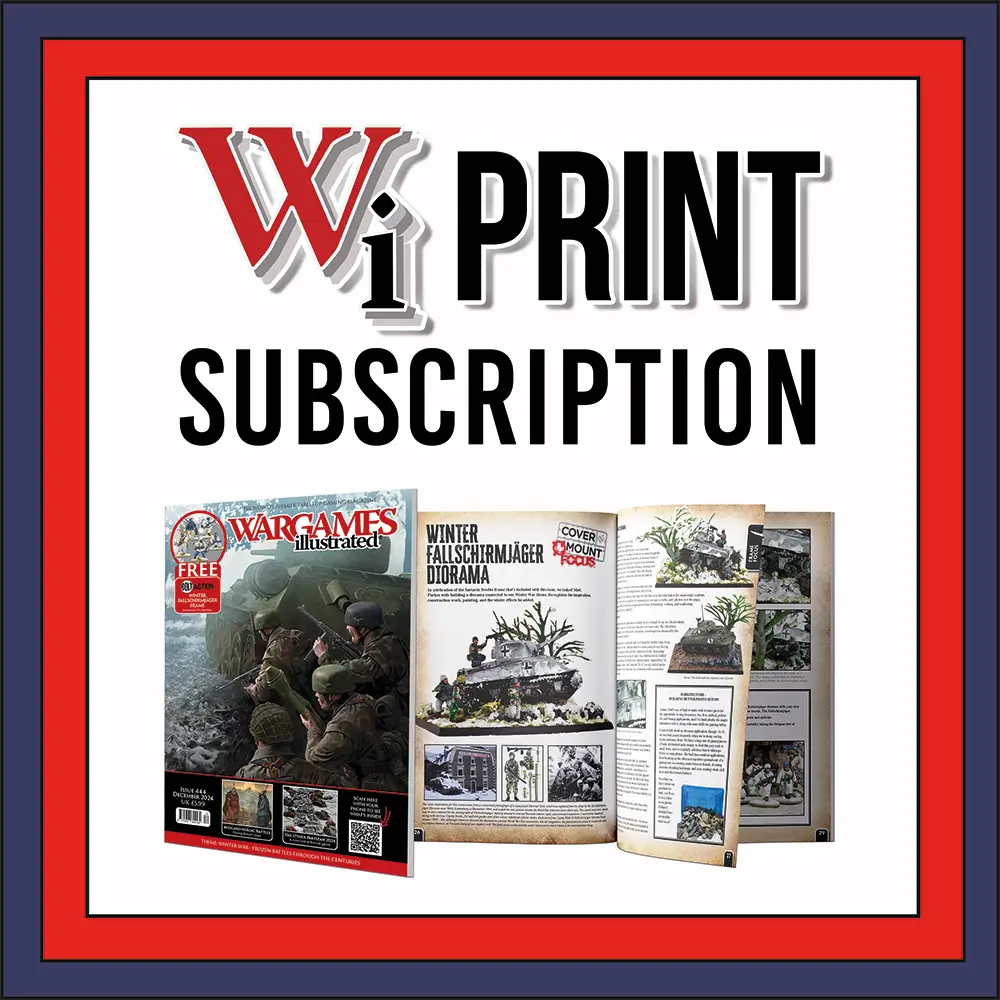Ordering from outside the UK?
We welcome magazine subscriptions and WiPrime membership orders from outside the United Kingdom – please order via our webstore. Digital/PDF products are also available to purchase and download here.
Our other products: Giants in Miniatures, games, physical magazines, and anything else that requires shipping, should be ordered from our distribution partner North Star Military Figures. You will find all Wi products on their website.
The Death of Nelson
£5.00
Inspired by the death of a hero, and based on the wonderful artwork of Arthur William Devis, this vignette captures the dying moments of the legend of the British Navy, Admiral Lord Horatio Nelson.
Heroes don’t just die, they die heroically, and their deaths become immortalized in paint or sculpture. The demise of some heroes lends themselves to such permanent glorification, and no one is that more true than Admiral Lord Horatio Nelson who was depicted as meeting his end via a sniper’s bullet at the Battle of Trafalgar on 21 October 1805. Nelson’s death scene comes down through the ages in Arthur William Devis’s 1807 painting. It shows Nelson below decks on HMS Victory, smothered in sheets under a single illuminating lamp. He is surrounded by concerned staff in various states of anguish as their hero’s fate becomes clear, but on the periphery stand a couple of figures bearing the flags of the vanquished enemy: like all great heroes, Nelson died in the moment of victory, his finest hour.
The truth of Nelson’s death was somewhat more prosaic.
Naval battles in the Napoleonic Wars were horrific affairs. Once the fleets decided to engage, the great wooden ships sailed to within a few yards of each other and fired devastating broadsides of heavy metal cannonballs into the sides of enemy vessels that, in turn, were in the process of releasing their own volleys. The cannonballs wreaked havoc and the effect was multiplied as splinters of shattered wood exploded through the narrow, claustrophobic decks and into the tightly packed crewmen. Add dense black smoke, fire, the smell of gunpowder, the pools of blood swamping the decks, and the awful din and the scene of battle truly became a depiction of hell. Moreover, victory usually went to the ship that fought the longest and could stand the most punishment.
The upper decks were not exempt from the constant barrage of metal. Falling masts and sails added to the chaos, crashing onto the decks and men below. In addition to the cannonballs, chainshot, and grapeshot flew almost unimpeded across the decks, tearing apart everything in their way. In the big ships, snipers and marines added to the carnage, firing their muskets down on the enemy sailors from their vantage points high in the rigging. Throughout all of this, officers were expected to show an example to their crews. Their duty required them to be visible in battle; show leadership; command with authority; and, above all, show no fear. They were also the best targets for enemy snipers.
Nelson knew the risks more than most, having lost an eye and an arm in previous battles. Nevertheless, there he was pacing on the quarterdeck of the Victory as conspicuous to the enemy as he was to his own men. It was almost inevitable that another bullet would find him, but this time Nelson’s seemingly charmed life would be snuffed out. The great commander fell to a ricochet musket ball just after one o’clock with the battle in full flow. The ball pierced his shoulder and lodged in his spine, but Nelson hung on for hours in the dingy cockpit of his mighty flagship surrounded by a “butcher’s shop” of casualties. Nelson’s last coherent moments were spent basking in the glow of a victory that changed the course of the war; then he died his hero’s death.
Featured and Discounted Products
Browse the most recent releases in the Wi webstore.


